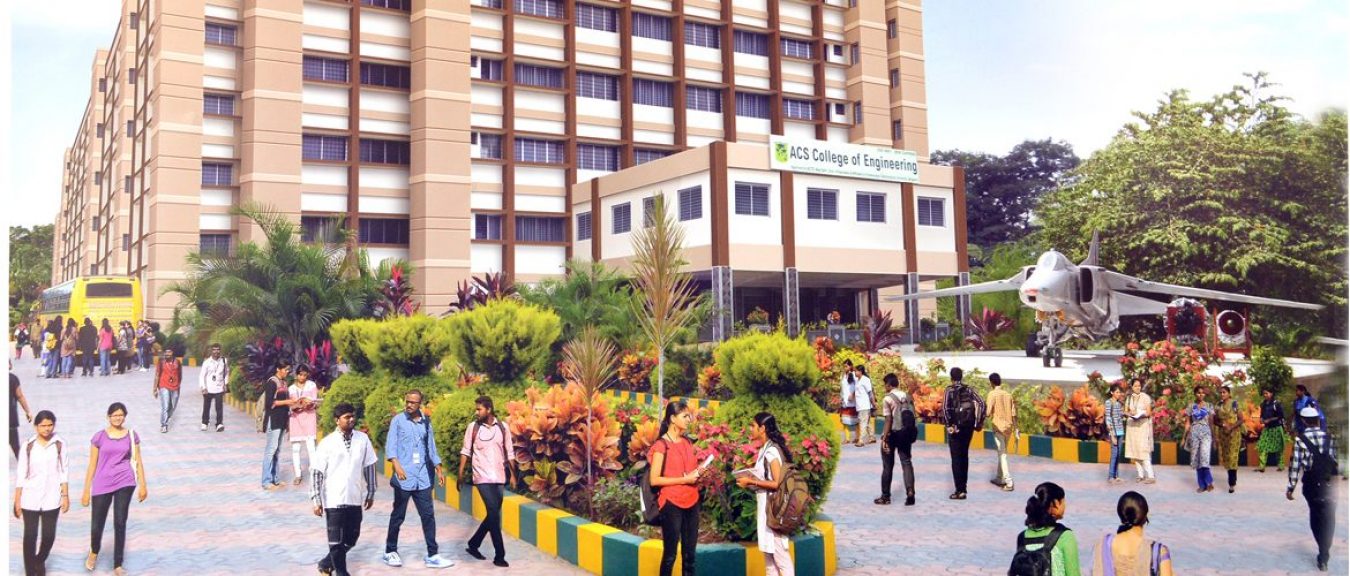Robots are fast occupying an integral part of work areas in India and across the world. Therefore saying that the future is full of humanoids does hold true considering the statistics that 25% of all the labor tasks by 2025 would be done by robots. The countries that would leap ahead of others in taking the robot culture forward would include USA, South Korea,, UK, Canada and Japan. The application areas for these humanoids would make of four categories namely computers, electrical and electronic products and equipments, transportation and machinery. Around 75% robotic installations are forecast to be done in these areas by 2025.
Event the service industry is one industry that is said to use humanoids by 2026. The areas of use include robots for cleaning, automated lawn movers, automated guided vehicles, unmanned aerial vehicles to name a few. The floor cleaning ones would be occupying over 80% of the total service robots. The many other areas of use would include surgical robots, autonomous mobile robots, tele-presence robots, assisting robots and more. Service robots are known to become the biggest tools in industrial purpose. Robot manufacture is booming across the globe and many companies have jumped the bandwagon as well. One of them known as Soft-bank Robotics had already designed a human like robot that looks like human for medical assistance and teaching aids as well. Presently, companion robots are very popular in the medical fraternity. Some of the examples of these robots include assistance to stroke recovery victims in their extremity exercises of upper body as well as helping children with autism copy motions from socially assisting robots. Work is already on to incorporate humanoids in engineering. A recent project between the airbus group and joint robotics laboratory for using humanoids in aircraft manufacturing was organized in order to shift dangerous and laborious that risk human lives to robots and redirect that manpower to higher value tasks. There have been difficulties primarily around collision free movements of robots and eliminate the space confined ability issues.
Apparently they cannot be used in every engineering application area primarily because of force control and adaptability issues. The promising areas is where engineers are also working on findings ways to replicate human muscles using synthetic ones with abilities of pushing, pulling, twisting, bending as well as lifting thousand times its own weight using 3D printing technique. But, as per researchers and scientists rather than making robots that are a master of one particular activity, its time that we create robots that are into general purpose as in can do a lot of different kinds of routines. Having said that, it also requires a lot of precision around design but is quite achievable in the times to come.

